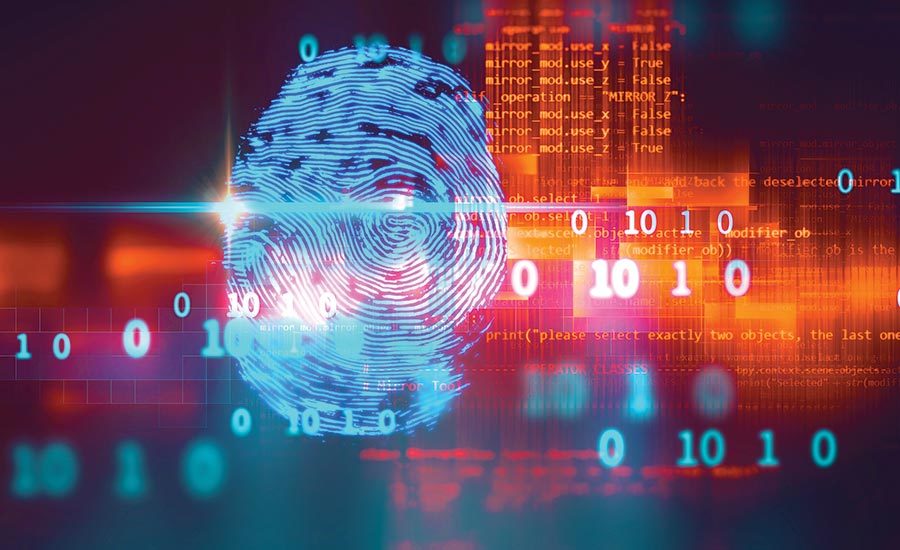Keeping Customer Data Safe in an Evolving Threat Landscape
In today’s digital age, safeguarding customer data has never been more critical. As the threat landscape continually evolves, businesses and organizations must adapt and implement robust security measures to protect sensitive customer information from cyberattacks and data breaches. Keeping customer data safe in an evolving threat landscape is a top priority for businesses of all sizes. As cybercriminals become more sophisticated and their attacks more frequent, it is essential that businesses have a comprehensive data security strategy in place.
The Evolving Threat Landscape:
The threat landscape for customer data security is in a constant state of flux. Cybercriminals are becoming increasingly sophisticated, employing a range of tactics to exploit vulnerabilities and gain unauthorized access to valuable data. Key challenges in the evolving threat landscape include:
- Ransomware Attacks: Ransomware attacks continue to escalate, with cybercriminals targeting organizations of all sizes. These attacks not only encrypt critical data but also pose a significant financial and reputational threat.
- Phishing and Social Engineering: Phishing attacks are becoming more convincing and targeted. Social engineering techniques are used to manipulate individuals into revealing sensitive information.
- Third-Party Risks: The supply chain and third-party vendors pose potential vulnerabilities. An attack on a vendor or partner can have cascading effects on customer data security.
- Zero-Day Exploits: Cybercriminals leverage unknown vulnerabilities (zero-day exploits) to infiltrate systems and evade traditional security measures.
Strategies for Safeguarding Customer Data:
To keep customer data safe in this evolving landscape, organizations must adopt a proactive and multi-faceted approach to cybersecurity:
- Data Encryption: Implement end-to-end encryption to protect data both in transit and at rest. Encryption adds an additional layer of security, making it difficult for unauthorized parties to access sensitive information.
- Employee Training: Invest in cybersecurity training and awareness programs for employees. A well-informed workforce is better equipped to recognize and report security threats.
- Patch and Update Management: Regularly update and patch all software, operating systems, and applications. Cybercriminals often exploit known vulnerabilities.
- Multi-Factor Authentication (MFA): Require MFA for accessing sensitive systems and data. This adds an extra layer of security, even if passwords are compromised.
- Data Backups: Maintain secure and up-to-date data backups. In the event of a ransomware attack, having backups can prevent data loss and extortion.
- Incident Response Plan: Develop a comprehensive incident response plan to detect, contain, and mitigate security incidents effectively. Practice and update the plan regularly.
- Third-Party Assessments: Assess and monitor the security practices of third-party vendors and partners. Ensure they meet your cybersecurity standards.
- Zero Trust Architecture: Implement a Zero Trust model that assumes no one, whether inside or outside the organization, can be trusted by default. Verify and authenticate all access attempts.
Transparency and Communication:
In addition to robust security measures, transparency and communication are critical. Organizations should communicate openly with customers about their data security practices, privacy policies, and how they respond to incidents. Building trust through transparency can enhance customer confidence in your commitment to safeguarding their data.
Conclusion:
As the threat landscape continues to evolve, the protection of customer data remains a paramount concern. By adopting proactive security measures, investing in employee training, and fostering a culture of cybersecurity, organizations can mitigate risks and keep customer data safe in an ever-changing digital world.






